Gross chemical composition, fatty acids, sterols, and pigments in tropical seaweed species off Sinaloa, Mexico
Biochemical composition was assessed in green (Ulva expansa, Caulerpa sertularioides, Rhizoclonium riparium, Codium isabelae), red (Spyridia filamentosa, Gracilaria vermiculophylla), and brown (Padina durvillaei) seaweeds collected from different tropical lagoons on the Pacific coast of Sinaloa, Mex...
Guardado en:
| Autores principales: | , , , , , , |
|---|---|
| 格式: | info:eu-repo/semantics/article |
| 語言: | eng |
| 出版: |
Iniversidad Autónoma de Baja California
2019
|
| 主題: | |
| 在線閱讀: | https://www.cienciasmarinas.com.mx/index.php/cmarinas/article/view/2974 |
| 標簽: |
添加標簽
沒有標簽, 成為第一個標記此記錄!
|
| 總結: | Biochemical composition was assessed in green (Ulva expansa, Caulerpa sertularioides, Rhizoclonium riparium, Codium isabelae), red (Spyridia filamentosa, Gracilaria vermiculophylla), and brown (Padina durvillaei) seaweeds collected from different tropical lagoons on the Pacific coast of Sinaloa, Mexico. Protein content was higher in C. sertularioides, S. filamentosa, and G. vermiculophylla (10–12%), followed by R. riparium, P. durvillaei, and U. expansa (8%, 6%, and 4%, respectively). Lipid content was in the range of 0.3–1.5%, with the highest value found in R. riparium. The highest content of nitrogen-free extract (i.e., carbohydrates) (69%) and the lowest ash value (25%) were assessed in P. durvillaei. Polyunsaturated fatty acid content was in the range of 5–45%, with higher values in R. riparium (45%), C. sertularioides (39%), and P. durvillaei (23%). Red seaweeds showed the highest value of cholesterol+dehydrocholesterol (>90%), while green seaweeds showed the highest contents of β-sitosterol (71–77%), except for U. expansa, for which fucosterol+isofucosterol (79%) was highest. Pigment composition was different among seaweeds but coincided with previous reports. The biochemical components used as biomarkers were assessed by principal component analysis to discriminate among assessed variables and to cluster seaweed species according to the common variability of their biochemical composition. Results showed that composition was similar within seaweed divisions but particularly different in U. expansa and P. durvillaei. Biochemical compounds that contributed to total variability were β-sitosterol, 20:4n-6, 20:5n-3, chlorophyll a and b, and β-carotene, and to a lesser extent fucosterol+isofocusterol and 22:6n-3. Results showed that the analyzed seaweed species may be useful for animal nutrition and appropriate for human consumption. |
|---|

 @UABCInstitucional
@UABCInstitucional UABC_Oficial
UABC_Oficial @UABC_Oficial
@UABC_Oficial